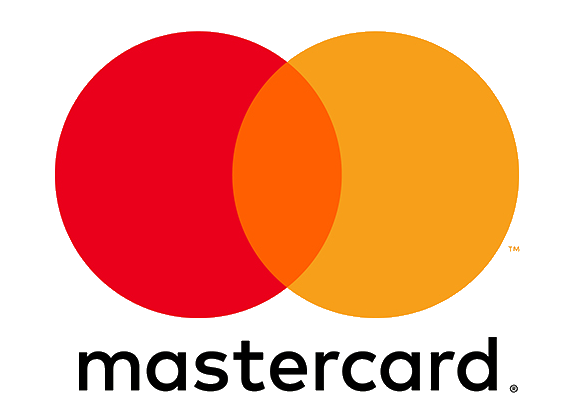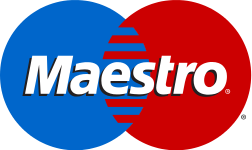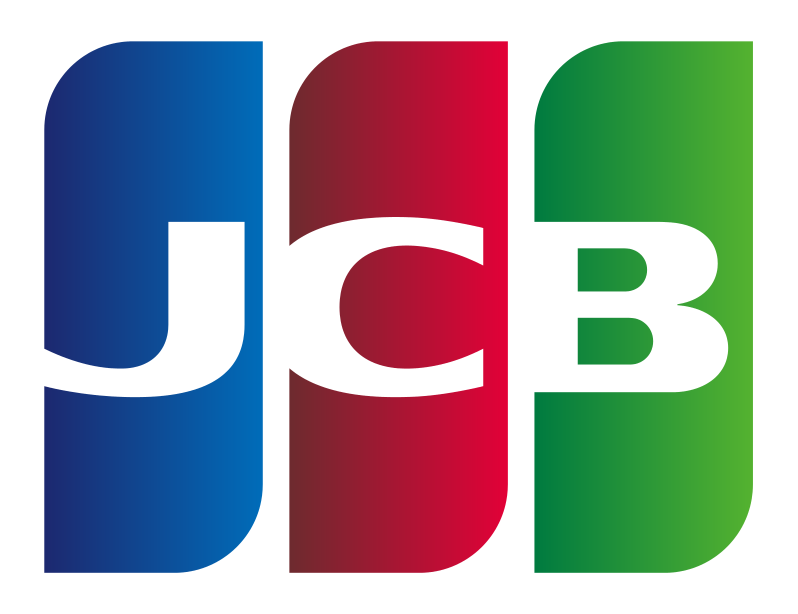Mondido Payments Documentation
Our focus is to make it as smooth as possible for you to implement Mondido and start accepting payments, regardless of whether you are implementing from scratch or already have an existing payment service in place.
Our focus is to make it as smooth as possible for you to implement Mondido and start accepting payments, regardless of whether you are implementing from scratch or already have an existing payment service in place.
Mondido support a wide range of payment methods and functionality to make sure that you capture all your customer payments.
Payment Methods











We have invented a unique toolbox that let you as an entrepreneur, take full control of your payments and make sure that you can optimize every single payment transaction, to make the process as smooth as possible for your customers.
Conversion toolsTo use a Checkout solution you will POST the input parameters to the mondido API and display the payment template in an iframe, where the customer will enter the payment information to finalize the transaction. This page can be customized by you to ensure the best possible experience for your customers. Add your favourite CSS or JS framework to make it look great and responsive. With our smart filter rules you can show different pages depending on your customers' language, referer, browser type and other information. Even A/B testing is possible to let you optimize the customer experience to increase your sales. After the transaction has gone though we'll send the customer to a URL of your choice so you can finalize the order in your backend. Add mail reports, web hooks and analytics to follow up on the progress you are making.
To use a hosted window you will POST the input parameters to the mondido payment page where the customer will enter the credit card information to finalize the transaction. This page can be customized by you to ensure the best possible experience for your customers. Add your favourite CSS or JS framework to make it look great and responsive. With our smart filter rules you can show different pages depending on your customers' language, referer, browser type and other information. Even A/B testing is possible to let you optimize the customer experience to increase your sales. After the transaction has gone though we'll send the customer to a URL of your choice so you can finalize the order in your backend. Add mail reports, web hooks and analytics to follow up on the progress you are making.
With mondido.js you will be able to host the payment form on your own checkout page with a super easy JavaScript integration without worrying about difficult PCI DSS requirements since no sensitive data will ever hit your server. The customers credit card data will be encrypted with your personal RSA key-pair that will then be sent directly over to our backend to commit the transaction. Using AJAX the data will be sent asynchronously without the need to redirect the customer to another URL, so that the customer never leaves your web site.
Creating transactions and payments can easily be done using our REST API. No matter if you want to make server to server transactions using encrypted data or integrate admin functionality into your own backend it will be accessible through our simple API.
Would you like to have your own customized State-Of-The-Art payment platform?
Mondido provides a White Label solution for enterprise customers where you can customize both technology, sales, onboarding and tech support.
By using schema less Meta Data, integrated A/B testing, dynamic reports and custom Webhooks, Mondido will let you work and optimize your payments on your own terms.
If you're providing subscriptions of some sort, chances are you would like to implement recurring payments. With Mondido it's as easy as defining your billing plan and subscribe customers to it.
To create a new billing plan, log in to your Mondido dashboard, go to Billing Plans, and click Create New.
When creating your billing plan, you will have to define your interval. This is done by choosing an interval, e.g. 3, and an interval unit, e.g. months. This would result in subscriptions being charged every 3 months.
You can select 7/days for subscriptions that should be charged once every week, or 12/months for once every year, and so on.
The first charge will occur immediately (unless you have defined a trial period), and any recurring charges will occur at 4:01 am (UTC) at the beginning of each new period.
Optionally, you can add a period limit. For instance, if you would like your subscriptions to be charged once every month for 6 months, you'll create a billing plan with interval: 1, interval unit: months and then add a period limit of 6.
If you're offering a trial period for your services, you can also define you trial period in days. This means we will wait X days to make the initial charge.
We can provide you with functionality to do two step payments using Authorize and Capture.
You can hook up webhooks to various events, which will then be triggered whenever such events occur.
The events that you can hook into are:
The custom http webhook will perform a POST, GET, PATCH or DELETE request using either JSON, XML or Form Data to an endpoint of your choice.
You can customize the webhook body and HTTP headers to make it work for your specific needs. This will override the default behaviour, and you can use liquid syntax to craft your own http body.
For instance, if you would like to send the payment reference as json to your backend, first you'd enter the URL to your endpoint. Then, add this custom header
Content-Type: application/json
and a body like this (using liquid syntax)
{"payment_ref": "{{ transaction.payment_ref }}"}
With the receipt webhook, you can design your own email receipt template, and automatically have it sent to an email address provided in your transaction metadata. This is possible because the email field is parsed with liquid syntax. So either you can enter a static email address, which of course isn't very helpful. Or you can have it look up the recipient email address dynamically.
For example, if your metadata looks like this
{"user": {"email": "customers-email-address"}}
Then {{ transaction.metadata['user']['email'] }} will fetch the customers email address.
If you don't want your receipts to be sent from webhook@mondido.com you can have them being sent from your own email address. To do so, you will have to whitelist your email address for sending emails. When you've done that, it will show up in the dropdown under Sender.
To whitelist your email address using the admin panel, go to the Settings page, and then enter your email address under Email addresses.
You will then get an email from Amazon Web Services, with a link you'll have to click to whitelist your address for sending emails though their Simple Email Service (SES).
The email webhooks will send the data to an email address that you specify.
Our libraries for mobile and server platforms are easy to understand and implement. All working against our Hosted Window or directly to the REST API.
Mondido is fully PCI DSS Level 1 compliant and provides safe and reliable security for merchants and their customers.
We support multiple standard e-commerce platforms such as Magento, PrestaShop, WooCommerce, Panagora, Carismar and Shopify.





